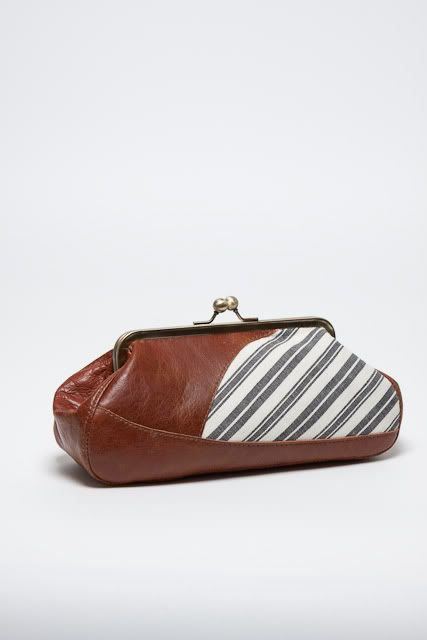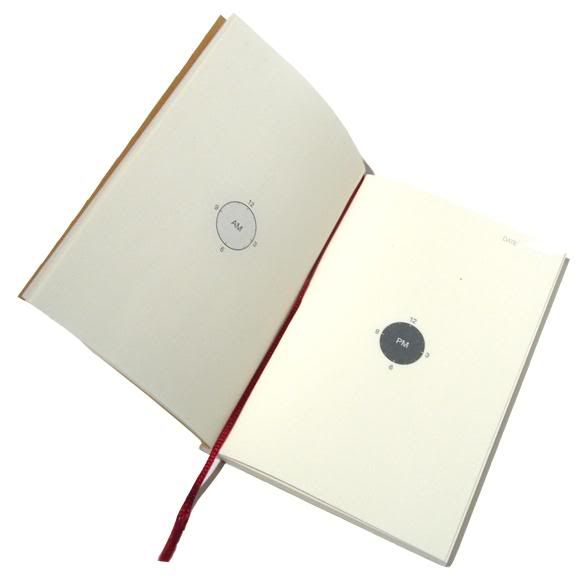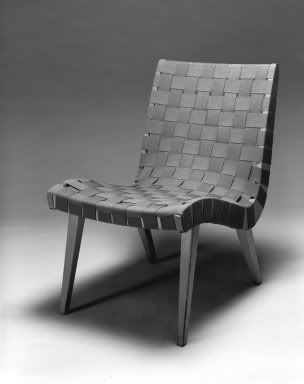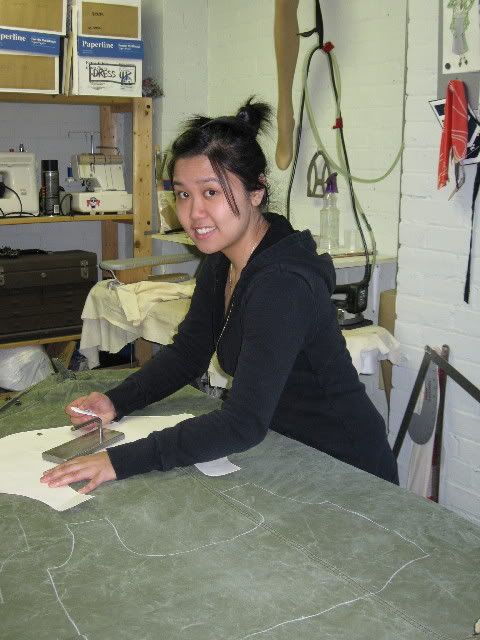
Like many others, I love using vintage canning jars to display my various collections. This one is my favourite; it was bought as-is, with the old spools of thread already inside. It came from my beloved -yet now sadly departed! -
Antique Warehouse in St. Jacobs. (although there is another one in Stratford, Ontario). The wooden spools are so much lovelier than the plastic ones we get nowadays...

I used to use skeleton keys on some of the bags. Now they're just decoration:

All my jars have the Crown emblem, which apparently means they were made in Canada. They all cost less than $3, though they can be sold for much more, depending on age and condition.
And in other news:
A few of our spring bags are included in this feature on Canoe.






















